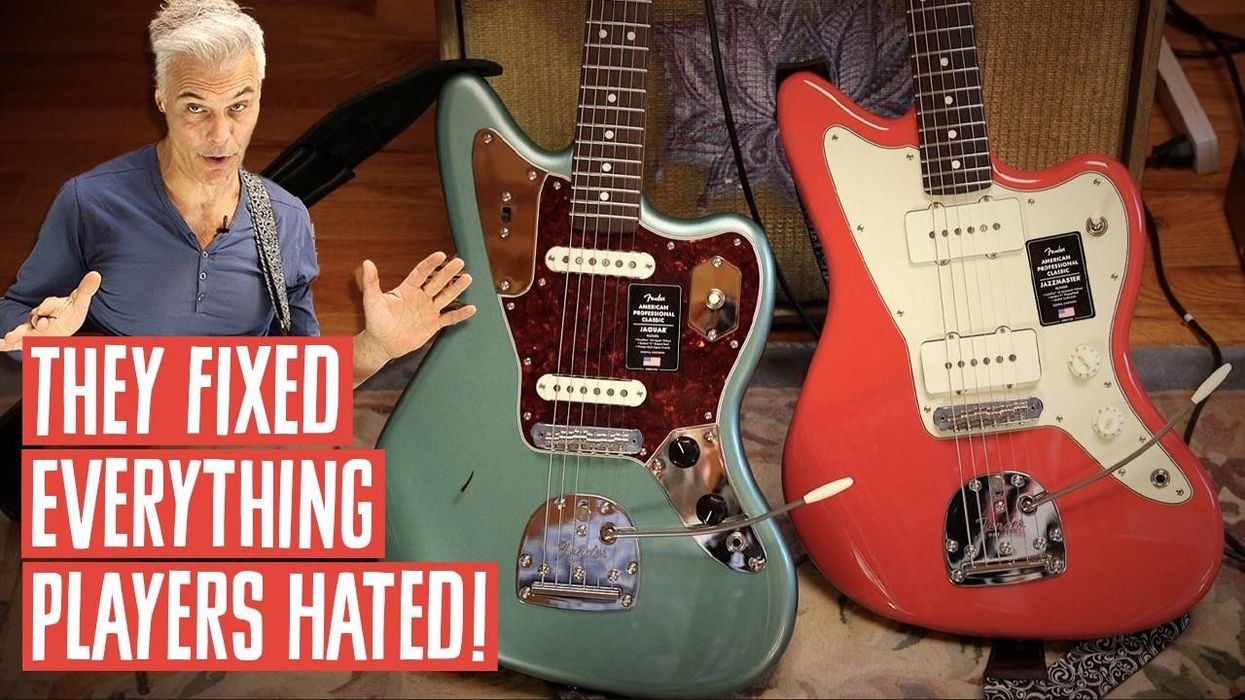An outlaw country king is honored with a full-featured phaser that dishes his signature swoosh and many more modulation moods.
Few artists can lay claim to defining the sound of a genre, but Waylon Jennings is the undisputed outlaw of outlaw country. Defining a tone all his own drenched in a signature sweeping phase-shifting effect, Waylon toured through the most prominent phaser effect pedals that the ‘70s and ‘80s had to offer. And now the Waylon Jennings Phaser pedal takes you along for that same ride by emulating the stomp boxes he used to forge his own path.
Building on Fender’s original four-stage phaser circuit developed in the 1970’s, the Waylon Jennings Phaser provides three distinct flavors of phasing by switching between two, four, or six phase stages. When combined with the Range and Feedback controls, these three phase voices cover the gamut of phasing tones used by Jennings on stage and in studio. Skip right to the good stuff and turn on the Sweet Switch to jump right to the “sweet spot” of clean signal mixed with phase-shifting tones, perfect for adding the right amount of flavor to your favorite cowboy chords. Whether you’re looking to nail Waylon’s signature tone, or find a new one all your own, the Waylon Jennings Phaser can dial in just the right phase for you.
Features
- Original, all-analog Fender circuit replicates vintage phaser tones and beyond
- Phase Switch selects between 2, 4, and 6 stages of phasing
- Sweet Switch jumps right to the “sweet spot” of phaser tones
- Road ready aluminum chassis
- Top Mount Input/Output Jacks and True-Bypass Switching
- Powered by 9-Volt Battery or Center Negative AC Adaptor (Not Included)










![Rig Rundown: AFI [2025]](https://www.premierguitar.com/media-library/youtube.jpg?id=62064741&width=1245&height=700&quality=70&coordinates=0%2C0%2C0%2C0)




